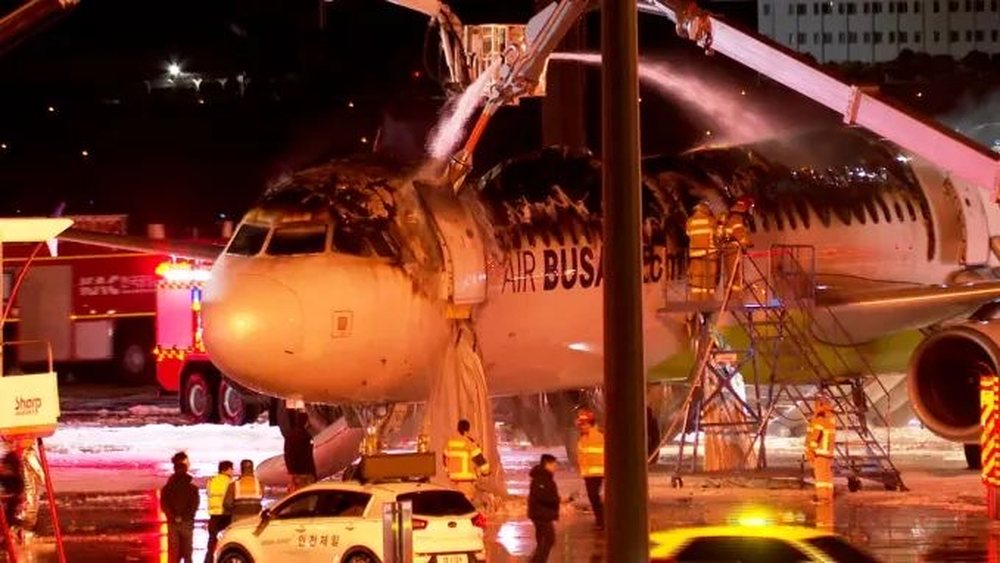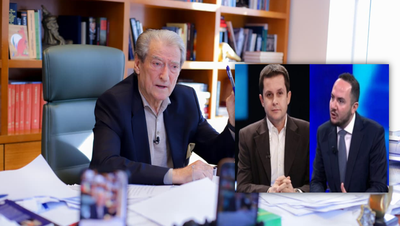
Almost every passenger who boards a plane today carries some lithium-ion batteries with them – in their pocket phone, work laptop, portable charger or even their e-cigarette. For most, they are harmless, but when something goes wrong, the consequences can be dramatic. A recent episode on board Delta Air Lines Flight 1334, which departed from Atlanta to Fort Lauderdale, clearly demonstrated this. During the flight, smoke and flames began to emerge from a backpack, forcing the pilots to declare an emergency and divert to Fort Myers. All 191 passengers were safely evacuated, but the cause – a personal power bank – made the situation even more alarming.
At the FAA's research center in New Jersey, safety engineers have demonstrated what happens when a lithium battery goes into what's called a "thermal runaway." First, it overheats, then the internal circuitry fails, until the battery's structure explodes, spewing smoke, flames, and toxic gases. In a demonstration for CNN, a portable charger heated to over 300 degrees exploded in sparks and flames, burning nearby seats and filling the cabin with a cloud of smoke. "Any fire on an airplane is a serious concern because there's no escape route," explains Robert Ochs, head of the FAA's Fire Safety Section.
Extinguishing such a fire is not easy. Flight attendants usually use halon extinguishers, which are standard equipment on planes, but tests show that the flames flare up again after a few seconds. The best solution is to pour as much water or non-alcoholic liquids, collected from the aircraft kitchen, onto the device. Although such cases are not frequent, they are increasing: according to the organization UL Standards and Engagement, there are up to two incidents per week on planes or airports, while each passenger today travels with an average of four devices that use this type of battery.
For this reason, the rules have become stricter. The FAA has banned power banks from being carried in checked baggage, as they are inaccessible to extinguishing fires in the event of a fire. However, many passengers still mistakenly place them in checked bags. In South Korea, after an incident in which an Air Busan plane caught fire on the runway and 27 people were injured, authorities banned portable chargers from being carried in overhead lockers and banned charging devices during flights. In the US, Southwest Airlines has decided that power banks must always be kept visible and never used in overhead lockers.
Experts advise passengers to be careful: if a device overheats, the crew should be notified immediately; if it falls between the seats, the seat should not be pushed forward to avoid crushing the battery; and above all, to avoid very cheap devices, which often have not passed strict safety checks. Because, as Ochs says, a battery fire is dangerous even on the ground – but at 30,000 feet, it can turn into a disaster.






















